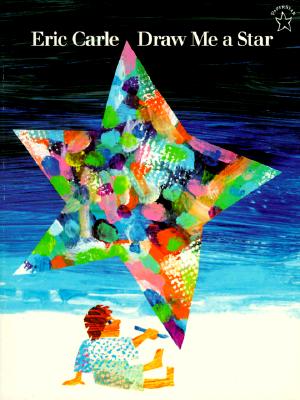"The Educational Value of Creative Disobedience," is a fascinating article in Scientific American (July 7, 2011) in which Andrea Kuszewski explores the difference between traditional educational methods and those based on arousing curiosity.
Kuszewsji described a study which compared "a group of students taught by an inexperienced instructor, but one that utilized hands-on demonstrations and student involvement...and a similar group taught using traditional methods (lecture) by a highly rated experienced professor." The result: "increased student attendance, higher engagement, and more than twice the learning in the section taught using research-based instruction."
"The quality of the instructor didn’t have nearly the impact on student learning that getting the students actively involved in the learning process did. Just by moving the students from passive observer to active participant, you are lighting a fire in the brain—making more connections across association areas, increasing plasticity, and enhancing learning. Not only that, students that are more actively engaged are more intrinsically motivated to learn—no bribes or artificial rewards needed, just pure enjoyment of learning."
Ok, back to the job hunt. . . Thank you for your patience. I promise to post more soon!

